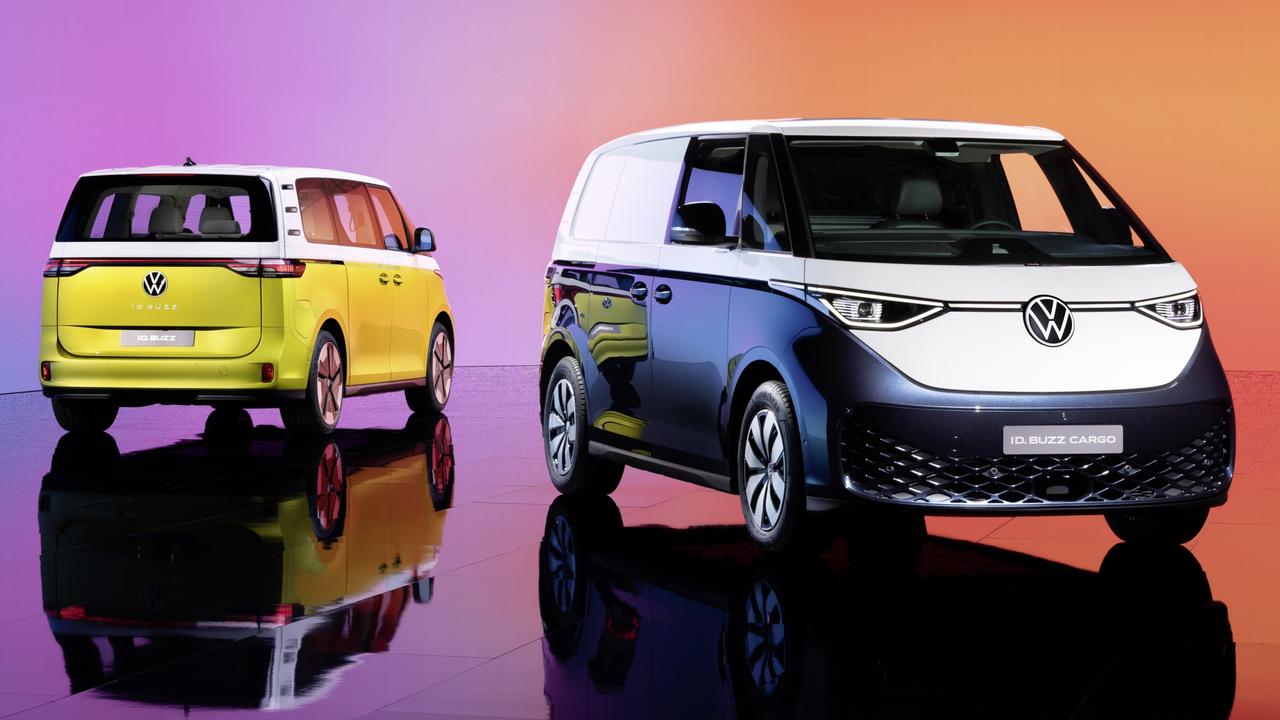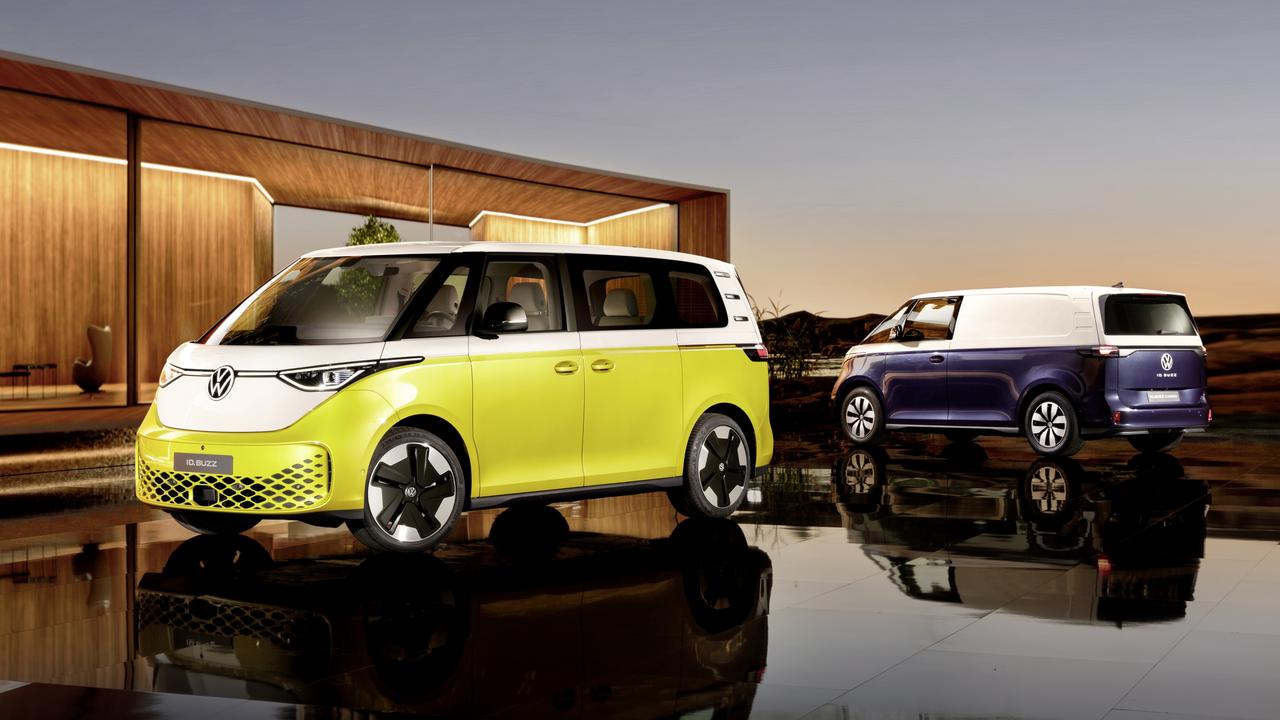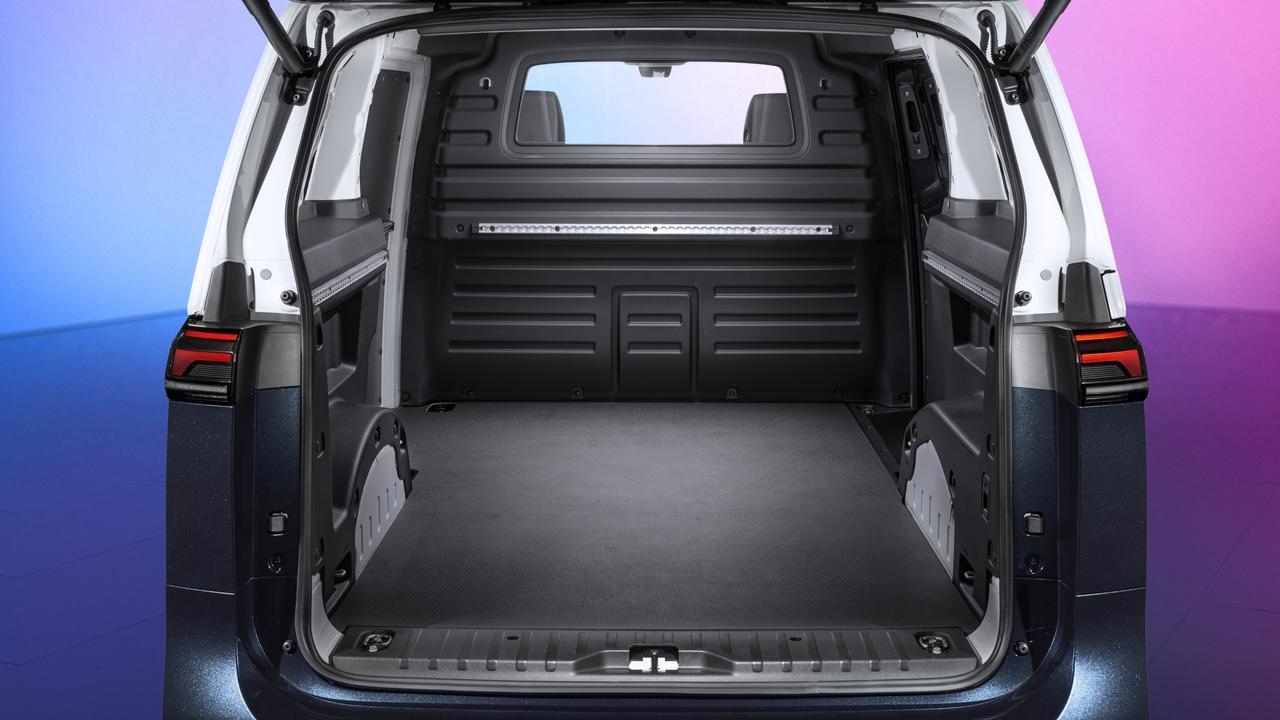VW ID. Buzz emerges as reborn Kombi
Legendary van returns with a new mission, trading on its celebrated past to appeal to both nostalgic fans and a new generation of hippies.

Volkswagen’s legendary Kombi has returned in the form of an electric van.
Scheduled to launch in Europe in the second half of 2022, the new Volkswagen ID. Buzz cashes in on the enormous history of VW’s Type 2 van, otherwise known as the Transporter, Microbus, Bulli or Kombi.

VW’s classic van is a feel-good collector’s item.
A red 23-window example made headlines in 2015 by fetching $202,000 with Shannons Auctions.
The new machine takes inspiration from the original, complete with enormous windows, two-tone paint and a high-set driving position.

Designers couldn’t make it an exact match for the original, as that car’s upright windscreen and lack of crumple zones aren’t compatible with modern aerodynamic and safety requirements.
Based on the same platform as Volkswagen’s ID. 3 hatchback and ID. 4 family car, the ID. Buzz has a flat floor with a 77kWh battery positioned between the wheels.

As with the original Kombi, it has a rear-mounted motor that drives the rear wheels.
VW hasn’t gone after the likes of Tesla with enormous power figures and all-wheel-drive, instead choosing to run with an adequate 150kW and 310Nm.
The manufacturer has not revealed how much range customers can expect from the model.
More powerful versions will follow, including a long-distance version with a much larger battery.

The battery can take on energy at a 170kW rate, allowing it to be recharged from 5 to 80 per cent in 30 minutes.
VW says bi-directional, or “vehicle to grid” charging is possible with the ID. Buzz, allowing you to keep the lights on at home during a blackout.
It also has more potential for driverless running than any other VW to date.

The manufacturer promises that the ID. Buzz “will also be used for future autonomous mobility concepts such as ridepooling”, making it “part of the future of inner-city transport”.
A new “travel assist with swarm” option allows the car to change lanes by itself, and improved “car-to-x” communication can warn drivers of road hazards.

VW Australia has not published a local release date for the car. The manufacturer has been slow to introduce battery-powered machines here, preferring to send electric cars to markets with strong customer incentives and punitive corporate emissions targets.



